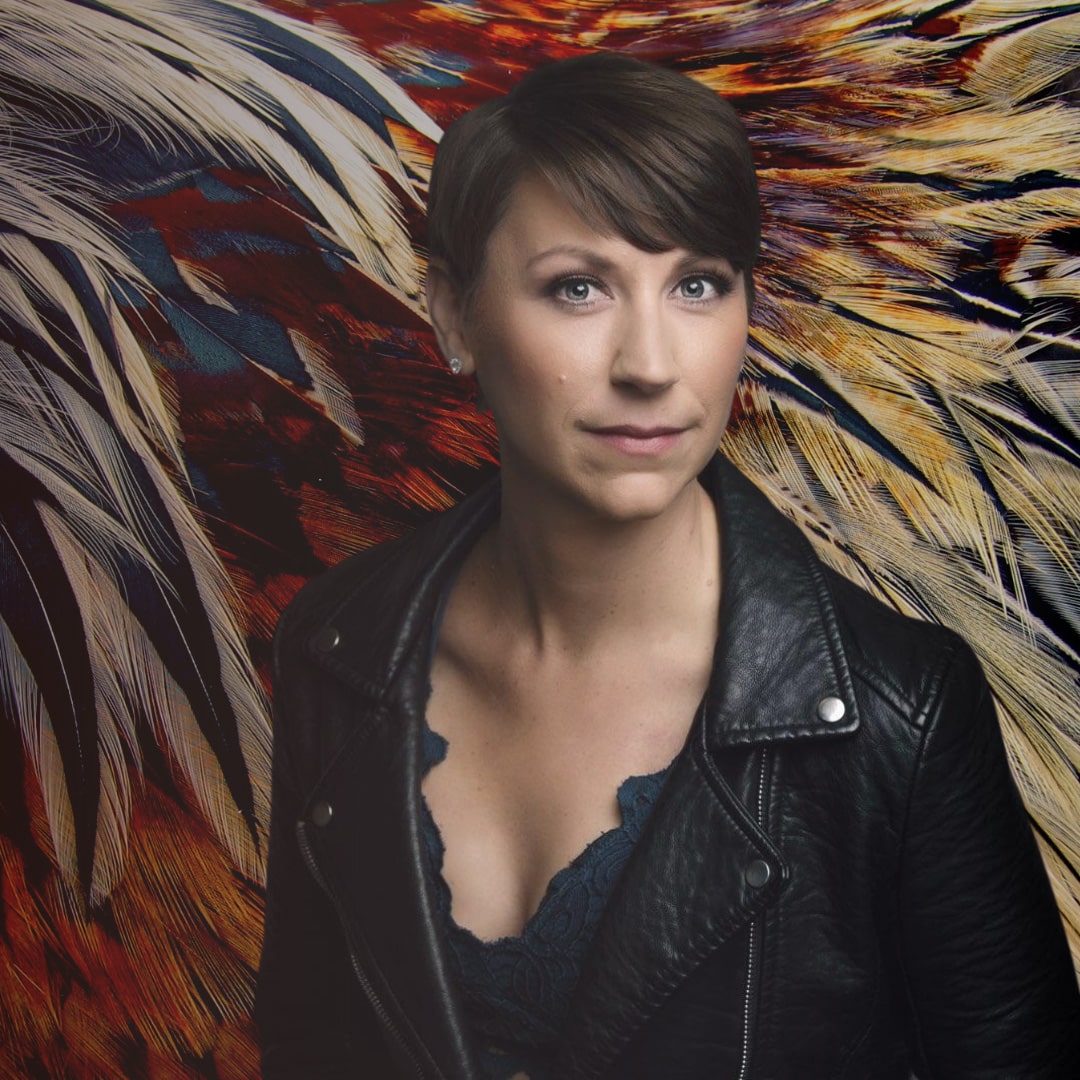Types of Breast Cancer
At Learn Look Locate, we understand the importance of providing accurate and comprehensive information about the various types of breast cancer. Created under the guidance of our medical advisor, Dr. Charles Weaver, this page aims to offer a detailed overview of all breast cancer types, along with inspiring stories from survivors who have faced each type.










Invasive Ductal Carcinoma (IDC)
Invasive Ductal Carcinoma is the most common type of breast cancer, accounting for about 80% of all cases. IDC starts in the milk ducts and invades the surrounding breast tissue. As the cancer grows, it can spread to nearby lymph nodes and other parts of the body. Early detection and treatment are crucial for improving outcomes.
Common symptoms of IDC include:
- A lump or mass in the breast
- Changes in breast size or shape
- Skin dimpling or irritation
- Nipple inversion or discharge
- Pain in the breast or nipple
Treatment options typically include surgery, radiation therapy, chemotherapy, hormone therapy, and targeted therapy, depending on the stage and characteristics of the cancer.
Survivor Spotlight:
Cynthia, USA
“I had no idea that I had a walnut-sized tumor in me growing for possibly five years. I had no family history and was unaware that having dense breasts is a huge risk factor for women. A tumor shows up white on a mammogram and so does dense breasts, making it very difficult to detect cancer. Please make sure you ask for 3D mammograms and if you have dense breasts ask for additional screening, it could be life-saving!”
Ductal Carcinoma In Situ (DCIS)
- A lump or mass in the breast
- Nipple discharge
- Changes in the skin of the breast, such as redness, scaling, or thickening
Survivor Spotlight:
Melanie, USA
“Some say DCIS is ‘pre-cancer’ or ‘the good cancer.’ Regardless of the stage, cancer is cancer. Receiving the diagnosis is a traumatic event and your feelings are valid. However, knowledge is power. With appropriate education, guidance and support, you CAN overcome and a lead a very active life as a cancer THRIVER!”
Inflammatory Breast Cancer (IBC)
- Rapid swelling or enlargement of the breast
- Red, pink, or purple discoloration of the skin
- Skin that feels warm to the touch
- Thickening or pitting of the skin (like an orange peel)
- Persistent itching or pain in the breast
- Inversion or flattening of the nipple
Survivor Spotlight:
Samantha, USA
“I found my cancer when I noticed how tender my armpit was while applying deodorant, which lead me to notice my entire breast was swollen, and soon my arm was sore like I worked out.”
Metastatic Breast Cancer
- Bone pain or fractures
- Shortness of breath or persistent cough
- Jaundice (yellowing of the skin and eyes)
- Headaches, seizures, or vision changes
- Fatigue and weakness
Survivor Spotlight:
Karla, USA
“Upon receiving the Stage 4 diagnosis, my doctors called it a “chronic disease that can be managed”, and I was determined to manage it. I immediately embarked on significant lifestyle changes – a complete dietary overhaul, managing my stress levels, eliminating toxins from my home and life, and striving to alter the environment where cancer had taken root.”
Invasive Lobular Carcinoma (ILC)
- Thickening or hardening of the breast, rather than a distinct lump
- Changes in breast size or shape
- Skin dimpling or irritation
- Nipple inversion or discharge
Survivor Spotlight:
Leslie, USA
“My name is Leslie Ferris Yerger, and I was diagnosed with Stage IV lobular breast cancer de novo, meaning there was no diagnosis previously at an earlier stage. This is not so uncommon with lobular breast cancer, since it is notoriously difficult to see on both mammograms and ultrasound. “
Triple Negative Breast Cancer (TNBC)
- A lump or mass in the breast
- Changes in breast size or shape
- Skin dimpling or irritation
- Nipple inversion or discharge
- Pain in the breast or nipple
Survivor Spotlight:
Jena, USA
“I remember googling triple negative breast cancer and finding all these stories of women who had passed and I so badly want to be the girl you see who thrives. It took me a while to realize their story isn’t mine.”
HER2-Positive Breast Cancer
- A lump or mass in the breast
- Changes in breast size or shape
- Skin dimpling or irritation
- Nipple inversion or discharge
- Pain in the breast or nipple
Survivor Spotlight:
Rina, India
“On March 28, 2018, I was diagnosed with breast cancer at the age of 35, which we later learned was stage 2 with Her2+. On Wednesday, April 16 2018, I had a lumpectomy. On Wednesday, May 17 2018, I began chemotherapy.”
Triple Positive Breast Cancer
- A lump or mass in the breast
- Changes in breast size or shape
- Skin dimpling or irritation
- Nipple inversion or discharge
- Pain in the breast or nipple
Survivor Spotlight:
Erin, USA
“On March 26, I would receive the news that I had Invasive Ductal Carcinoma breast cancer (stage 2b) and in early April 2019, I’d start marathon treatment journey with Triple Positive (HR+/PR+/HER2+) breast cancer.”
Metaplastic Breast Cancer
- A large, painless lump in the breast
- Changes in breast size or shape
- Skin changes, such as redness, dimpling, or thickening
- Nipple changes, such as inversion or discharge
Survivor Spotlight:
Lisa, Australia
“I was diagnosed with Triple Negative Metaplastic Breast Carcinoma Squamous Cell subtype at the age of 50 in August 2019. What a mouthful!”
Male Breast Cancer
- A painless lump or thickening in the breast tissue or underarm area
- Changes in the skin covering the breast, such as dimpling, puckering, redness, or scaling
- Nipple changes, such as retraction, ulceration, or discharge
Survivor Spotlight:
Rod, Australia
“I am a Sydney-born writer, internet publisher, and breast cancer patient activist. Upon diagnosis, in March 2014, with Stage 3B IBC, I was treated with FEC x 3, Taxol x 3, a mastectomy and axillary clearance, with 2/23 nodes positive, had 33 doses of radiation, and am now on tamoxifen.”
Expert Guidance from Dr. Charles Weaver

“I am pleased to help Learn Look Locate accomplish its mission of empowering individuals impacted by breast cancer to achieve optimal cancer care. I feel it is extremely important that patients are educated and informed about all their treatment options. Learn Look Locate is a unique platform that connects patients with the medical community, providing essential information in a way that resonates.”
Learn Look Locate: Empowering Breast Cancer Survivors
At Learn Look Locate, we are dedicated to providing comprehensive information and support for individuals impacted by breast cancer. By sharing the stories of survivors and offering expert-guided content, we aim to empower and educate our community. Remember, no matter what type of breast cancer you or your loved one may be facing, you are not alone in this journey.

